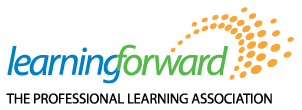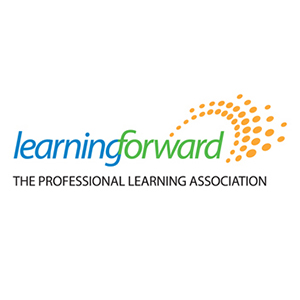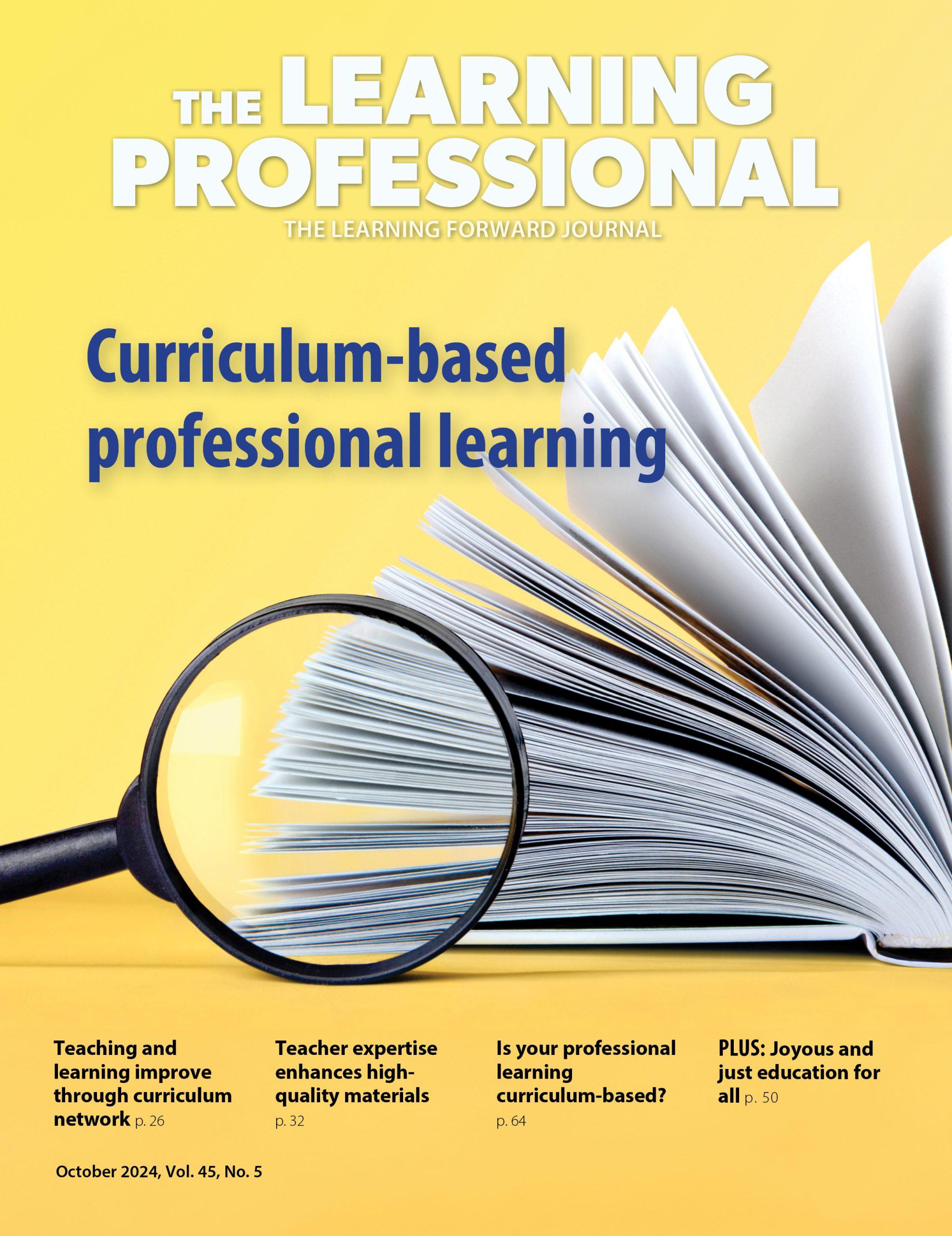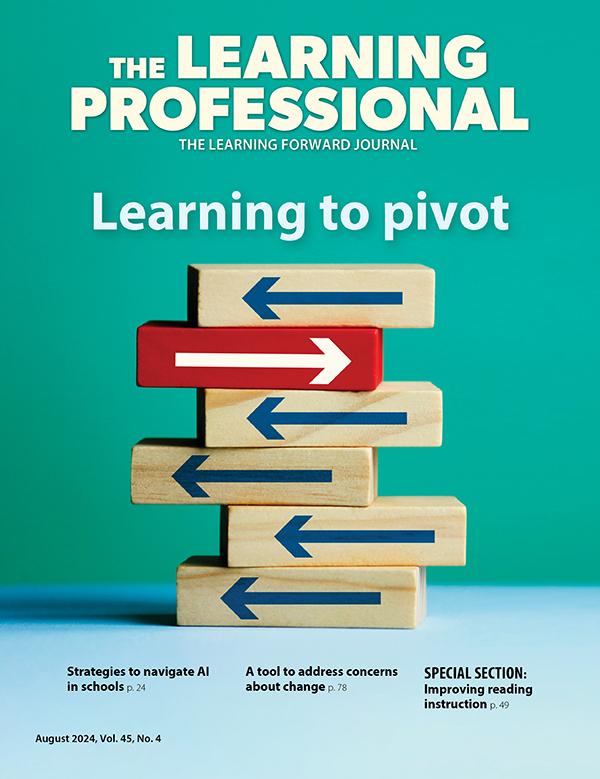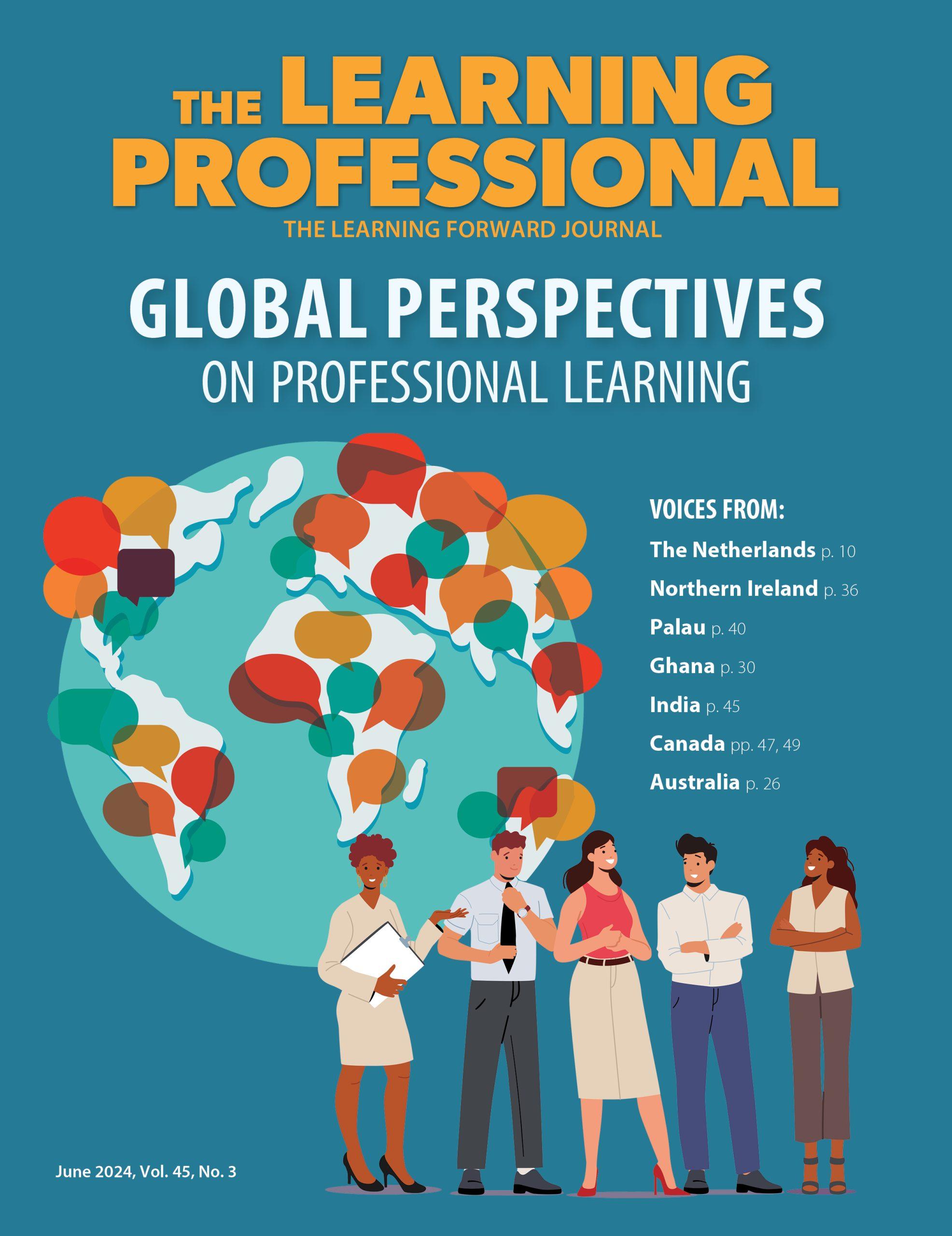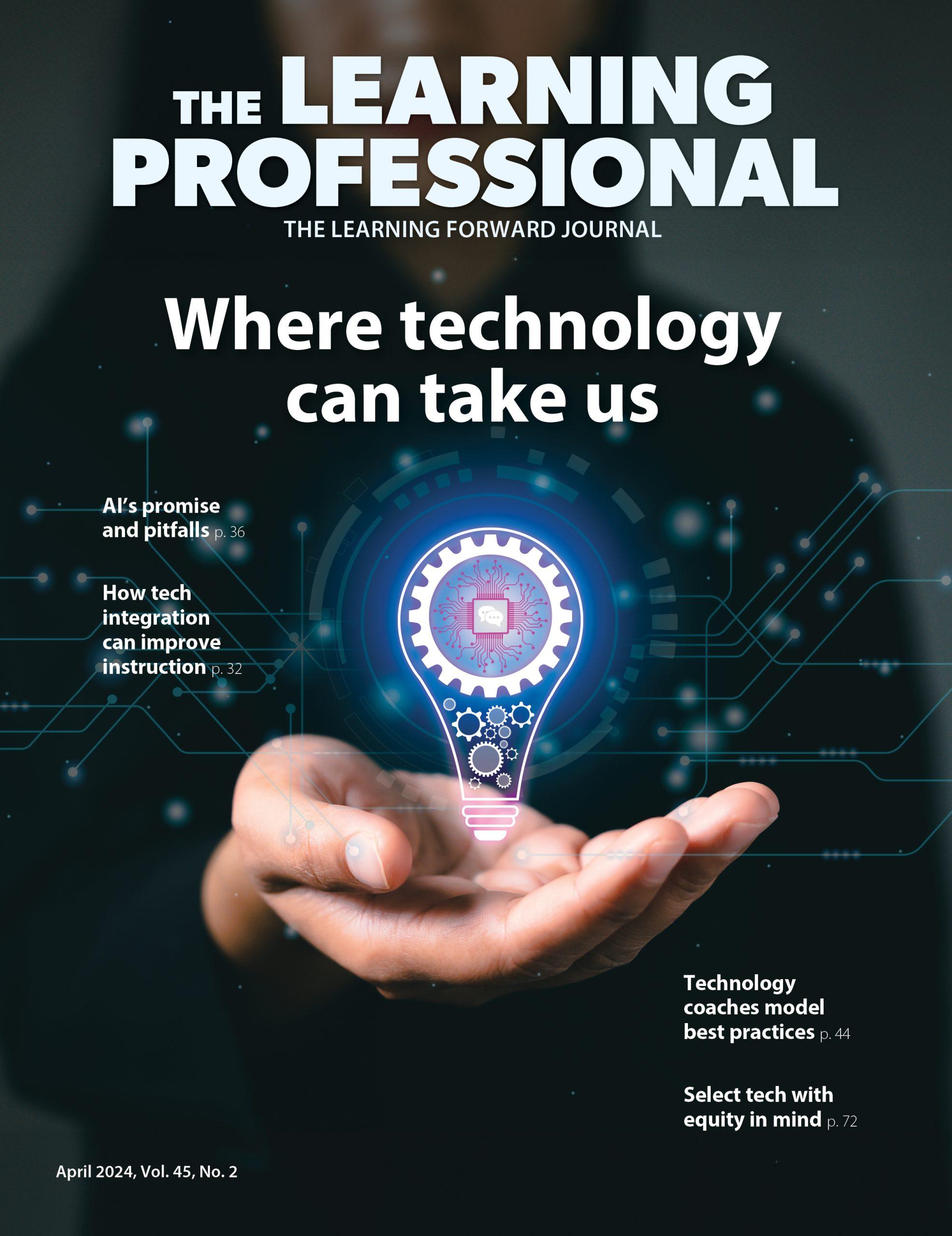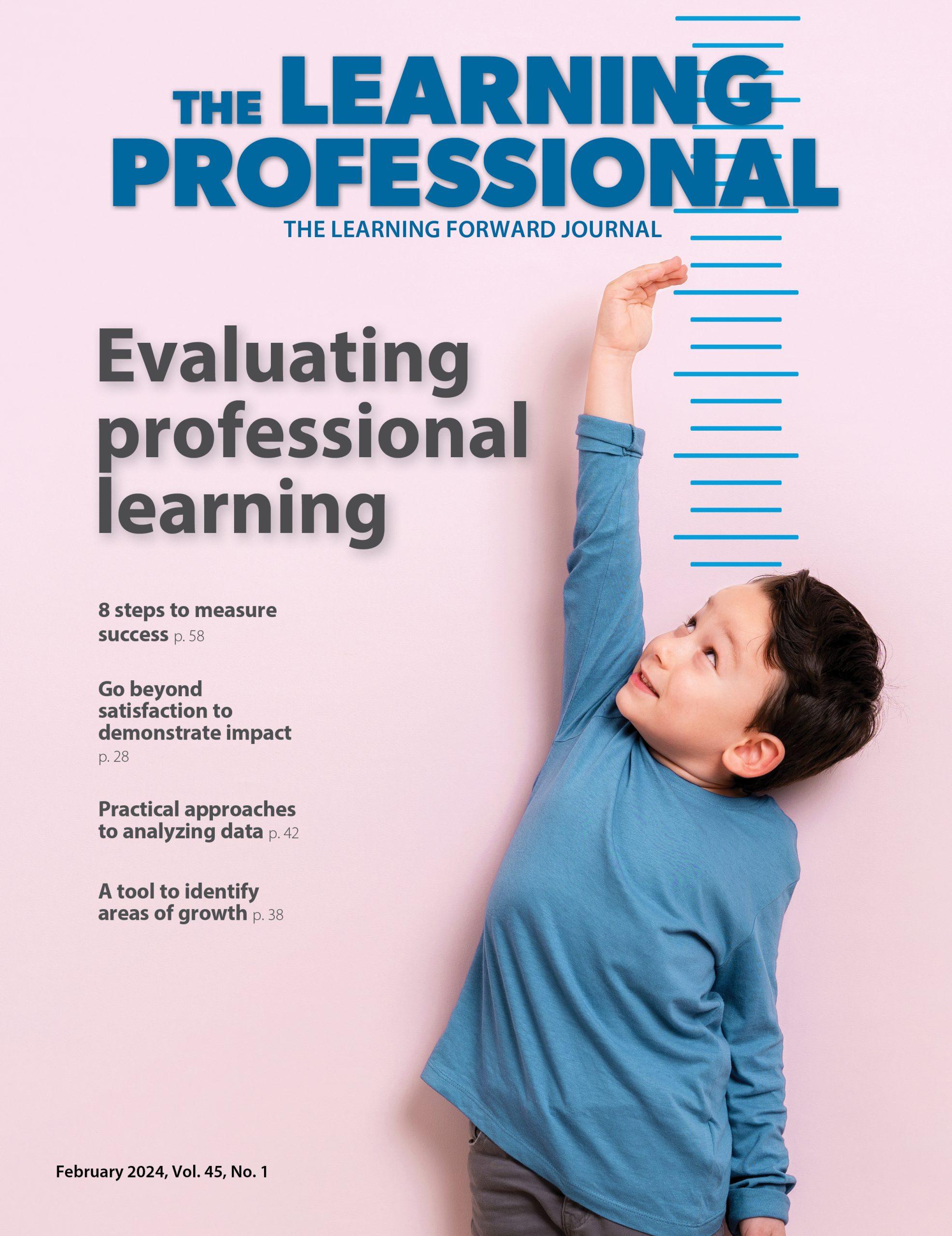Read the remaining content with membership access. Join or log in below to continue.
Sed ut perspiciatis unde omnis iste natus error sit voluptatem accusantium doloremque laudantium, totam rem aperiam, eaque ipsa quae ab illo inventore veritatis et quasi architecto beatae vitae dicta sunt explicabo. Nemo enim ipsam voluptatem quia voluptas sit aspernatur aut odit aut fugit, sed quia consequuntur magni dolores eos qui ratione voluptatem sequi nesciunt. Neque porro quisquam est, qui dolorem ipsum quia dolor sit amet, consectetur, adipisci velit, sed quia non numquam eius modi tempora incidunt ut labore et dolore magnam aliquam quaerat voluptatem.
The restaurant host asked Delores Lindsey if she wanted to be seated or wait for her guest to arrive. She asked to be seated while she waited. She ordered coffee, opened her coaching journal, and jotted down a couple of questions for today’s coaching conversation: As you think about retiring within the next year, what are some things you want to sustain? What holds a sense of urgency for you and the division this year as you transition?
Lindsey couldn’t believe Linda MacDonell was announcing her retirement as assistant superintendent of the Instructional Services Division of the Orange County (Calif.) Department of Education. Over the years that Lindsey had served as MacDonell’s leadership coach, MacDonell had talked about retirement only once or twice. MacDonell spoke of her long-term vision in terms of sustainability, transition, and growth, not retirement. When Lindsey had left the department to become a professor in education leadership, she promised to be MacDonell’s leadership coach as part of her continued commitment to public service and to support her vision for leadership development within the Instructional Services Division. As Lindsey waited for MacDonell to arrive for their regular coaching and lunch conversation, she also knew they needed to write about their experiences as external/internal partners building internal capacity for culturally proficient leadership practices. They needed to share lessons learned from their success and their challenges as they planned, worked, and reflected together in the best interest of Orange County communities and schools.
Roles of external and internal partners
External Partners
- Offer and develop expertise in:
- Adaptive schools
- Cognitive coaching
- Cultural proficiency
Instructional Services Division
- Build internal models of service and delivery as external partners
- Develop culturally proficient professional learning practices
Local Districts and Schools
- Deliver culturally proficient professional learning practices and services for internal development
- Focus on teacher development and student growth
Lessons Learned Using NSDC’s Standards
As Lindsey and MacDonell finished their coffee and prepared to schedule their next coaching appointment, they spread a clean paper napkin on the tabletop and sketched responses to this question: So what have we learned about having external partners to build internal capacity?
Start with the standards. NSDC’s Standards for Staff Development paved the way for continuing to provide high-quality facilitation and presentation skills and capacity development through internal support.
Staff development that improves the learning of all students requires skillful school and district leaders who guide continuous instructional improvement (NSDC, 2001).
Commit to the journey. MacDonell and her leadership team were strongly committed to the long-term vision through short-term goals. The work of the division had always been at a professional level. Now the work occurs at a personal level with deep commitment.
(Skillful leaders) are clear about their own values and beliefs and the effects these values and beliefs have on others and on the achievement of organizational goals. As primary carriers of the organization’s culture, they also make certain that their attitudes and behavior represent the values and practices they promote throughout the school or district (NSDC, 2001).
Connect to the culture. For the vision work to be successful, the external facilitators were respectful of the organizational culture and delivered the training in the “OCDE way.” They valued the sense of professionalism present in the Instructional Services Division.
These leaders make certain that their colleagues have the necessary knowledge and skills and other forms of support that ensure success in these new roles. These leaders read widely, participate in learning communities, attend workshops and conferences, and model career-long learning by making their learning visible to others (NSDC, 2001).
Build internal capacity of the organization to provide external support. The main purpose of the Instructional Services Division is to build internal capacity to deliver external resources to school districts. The internal capacity of the division was already strong. However, the leadership team realized the members of the division could be even more effective with a personal commitment to equity and diversity. Such divisions and other external service agencies are often seen as outsiders by local schools and districts. Therefore, we must present ourselves and our services as if we are insiders. We demonstrate these “inside” services and values by:
- How we assess the culture of the schools and organizations we serve along with how well we know and assess our own organizational culture;
- How we value the diversity of the members of the school communities we serve;
- How we manage the dynamics of differences within the communities we serve;
- How we adapt to diversity of the communities we serve; and
- How we institutionalize the lessons and cultural knowledge we learn as we serve diverse communities.
Successful educators convey through various means the value and potential that is inherent in each student. They demonstrate understanding, respect, and appreciation of students’ cultures and life experiences through their lessons and daily interaction with students and their caregivers. High-quality staff development provides educators with opportunities to understand their own attitudes regarding race, social class, and culture and how their attitudes affect their teaching practices and expectations for student learning and behavior (NSDC, 2001).
References
Garmston, R.J. & Wellman, B.M. (1999). The adaptive school: A sourcebook for developing collaborative groups. Norwood, MA: Christopher-Gordon.
Fullan, Michael. (2003). The moral imperative of school leadership. Thousand Oaks, CA: Corwin Press.
Lindsey, D., Martinez, R., & Lindsey, R. (2007). Culturally proficient coaching: Supporting educators to create equitable schools. Thousand Oaks, CA: Corwin Press.
National Staff Development Council. (2001). NSDC’s standards for staff development. Oxford, OH: Author.
Learning Forward is the only professional association devoted exclusively to those who work in educator professional development. We help our members plan, implement, and measure high-quality professional learning so they can achieve success with their systems, schools, and students.
Recent Issues
LEARNING TO PIVOT
August 2024
Sometimes new information and situations call for major change. This issue...
GLOBAL PERSPECTIVES
June 2024
What does professional learning look like around the world? This issue...
WHERE TECHNOLOGY CAN TAKE US
April 2024
Technology is both a topic and a tool for professional learning. This...
EVALUATING PROFESSIONAL LEARNING
February 2024
How do you know your professional learning is working? This issue digs...
